Home>Furniture & Design>Interior Design Trends>How To Prevent Glass From Breaking When Pouring Hot Water
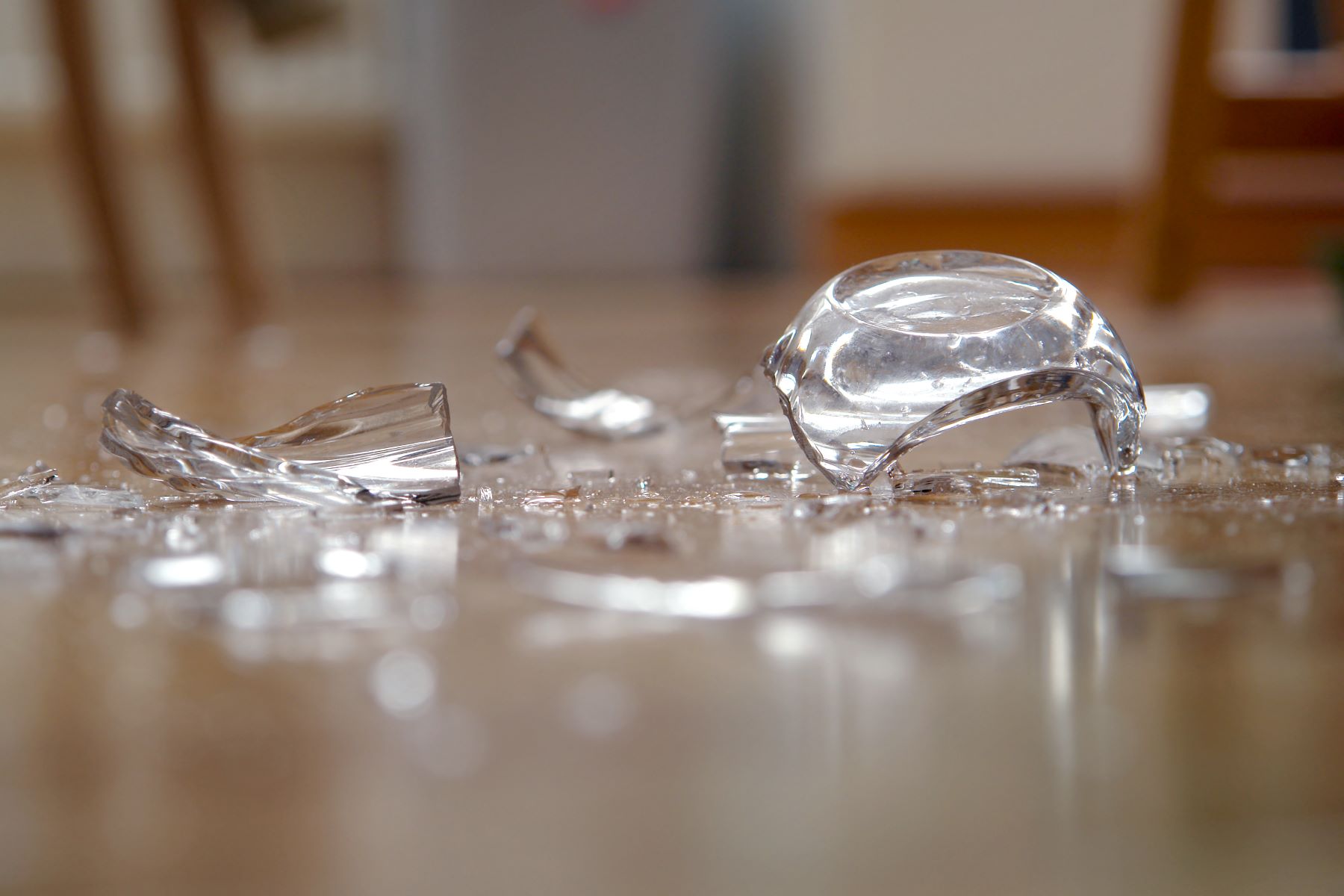

Interior Design Trends
How To Prevent Glass From Breaking When Pouring Hot Water
Modified: March 24, 2024
Learn how to prevent glass from breaking when pouring hot water with these interior design trends. Keep your glassware safe and stylish.
(Many of the links in this article redirect to a specific reviewed product. Your purchase of these products through affiliate links helps to generate commission for Storables.com, at no extra cost. Learn more)
Introduction
Glassware is a staple in most households, serving a multitude of purposes from holding beverages to showcasing decorative items. However, the fragility of glass often leads to concerns about breakage, especially when exposed to extreme temperature differentials. Whether it's pouring hot water into a glass teapot or adding hot liquids to a delicate glass mug, the risk of breakage can be a cause for apprehension.
Understanding the factors that contribute to glass breakage and learning effective preventive measures can help alleviate these concerns. In this article, we will delve into the science behind glass breakage, explore the common reasons why glassware shatters when exposed to hot water, and provide practical tips to safeguard your glassware from thermal stress. By gaining insight into these aspects, you can confidently handle glassware and minimize the risk of breakage, ensuring that your favorite glass items remain intact and functional for years to come.
Key Takeaways:
- Handle glassware with care by preheating, using borosilicate glass, and avoiding sudden temperature changes to prevent breakage when pouring hot water. This ensures longevity and enjoyment of your favorite glass items.
- Gradually warm, select thicker designs, and utilize insulated holders to protect glassware from thermal stress. These simple steps preserve the beauty and functionality of your cherished glass items.
Read more: Why Does Glass Break When Heated
Understanding the Science Behind Glass Breakage
Glass, despite its transparent and delicate appearance, is a material with remarkable strength and versatility. However, it is also susceptible to breakage under certain conditions, particularly when exposed to rapid temperature changes. This phenomenon, known as thermal stress, occurs due to the uneven expansion and contraction of glass when subjected to varying temperatures.
When hot water is poured into a glass vessel, such as a teapot or a mug, the inner layer of the glass expands due to the heat. Simultaneously, the outer layer, which is in contact with the cooler air or the room temperature, remains relatively unchanged. This temperature gradient causes the glass to undergo uneven expansion, leading to stress within the material. If this stress exceeds the glass's capacity to withstand it, the glass may fracture or shatter.
The susceptibility of glass to thermal stress is influenced by various factors, including the type of glass, its thickness, and the rate of temperature change. For instance, borosilicate glass, commonly used in high-quality glassware, exhibits higher thermal shock resistance compared to regular soda-lime glass due to its low coefficient of thermal expansion. Thicker glass also tends to withstand thermal stress better than thinner glass, as it allows for more gradual temperature equalization.
Furthermore, the rate at which the temperature changes can significantly impact the likelihood of glass breakage. Abrupt temperature differentials, such as pouring boiling water into a cold glass, pose a higher risk of thermal stress compared to gradual temperature transitions. This is because rapid temperature changes result in more pronounced and rapid expansion or contraction of the glass, intensifying the internal stress within the material.
In summary, the science behind glass breakage revolves around the concept of thermal stress, which arises from the uneven expansion and contraction of glass when exposed to varying temperatures. Factors such as the type of glass, its thickness, and the speed of temperature changes play pivotal roles in determining the susceptibility of glassware to thermal stress and subsequent breakage. By comprehending these underlying principles, individuals can take proactive measures to prevent glass breakage and prolong the longevity of their cherished glass items.
To prevent glass from breaking when pouring hot water, preheat the glass by rinsing it with warm water before adding the hot water. This will help the glass to gradually adjust to the temperature change and reduce the risk of breakage.
Tips for Preventing Glass from Breaking
-
Preheat the Glass: Before pouring hot water into a glass vessel, preheating it with warm water can help minimize the temperature differential. This gradual warming prepares the glass for the introduction of hot liquids, reducing the likelihood of thermal shock.
-
Use Borosilicate Glassware: Opt for glass items made from borosilicate glass, renowned for its superior thermal shock resistance. This type of glass is commonly used in high-quality teapots, coffee makers, and kitchenware, offering enhanced durability when exposed to extreme temperature variations.
-
Avoid Sudden Temperature Changes: When handling glassware, particularly delicate items such as wine glasses or decorative glass ornaments, avoid subjecting them to abrupt temperature changes. For instance, refrain from placing chilled glassware directly into a sink filled with hot water, as this rapid shift in temperature can induce thermal stress.
-
Warm the Glass Gradually: If you intend to serve hot beverages in glass cups or mugs, warm them gradually by rinsing them with warm water before pouring the hot liquid. This gradual temperature adjustment helps mitigate thermal shock, safeguarding the glass from potential breakage.
-
Select Thicker Glassware: When purchasing glassware, consider opting for thicker designs, especially for items intended for hot beverages or exposure to temperature differentials. Thicker glassware provides a buffer against rapid temperature changes, reducing the risk of thermal stress-induced breakage.
-
Handle with Care: Exercise caution when handling glassware, particularly when it contains hot liquids. Avoid placing hot glass items on cold or wet surfaces, as this can create sudden temperature differentials that may compromise the glass's integrity.
-
Utilize Insulated Holders: For glass teapots or coffee carafes, using insulated holders or coasters can help regulate the temperature and minimize the impact of external temperature variations. These protective accessories provide an additional layer of insulation, reducing the risk of thermal stress-related breakage.
-
Monitor Cleaning Methods: When cleaning glassware, be mindful of temperature differentials. For instance, avoid washing hot glass items with cold water or placing freshly washed glassware on cold surfaces, as these practices can subject the glass to sudden temperature changes, potentially leading to breakage.
By implementing these preventive measures, individuals can safeguard their glassware from thermal stress and minimize the risk of breakage, ensuring the longevity and functionality of their cherished glass items.
Conclusion
In conclusion, the susceptibility of glassware to breakage when exposed to hot water or rapid temperature differentials stems from the concept of thermal stress, which arises due to the uneven expansion and contraction of glass. Understanding the underlying science behind glass breakage empowers individuals to adopt proactive measures and preventive strategies to safeguard their glassware from potential damage.
By preheating glass vessels, opting for borosilicate glassware, and avoiding sudden temperature changes, individuals can mitigate the risk of thermal stress-induced breakage. Gradually warming glass items, selecting thicker designs, and handling glassware with care further contribute to preserving the integrity of these delicate items. Additionally, the use of insulated holders and mindful cleaning practices can help minimize the impact of temperature differentials, enhancing the resilience of glassware against thermal stress.
Ultimately, by incorporating these practical tips into daily glassware usage and maintenance, individuals can prolong the longevity of their favorite glass items, whether it's a cherished teapot, elegant wine glasses, or decorative glass ornaments. This proactive approach not only safeguards glassware from breakage but also promotes a sustainable and mindful approach to preserving household items, reducing the need for frequent replacements and minimizing waste.
As we continue to appreciate the aesthetic appeal and functionality of glassware in our daily lives, prioritizing preventive measures to prevent glass breakage becomes essential. By embracing these insights and implementing proactive strategies, individuals can confidently enjoy the beauty and utility of glassware without the looming concern of potential breakage, fostering a sense of assurance and longevity for their beloved glass items.
Frequently Asked Questions about How To Prevent Glass From Breaking When Pouring Hot Water
Was this page helpful?
At Storables.com, we guarantee accurate and reliable information. Our content, validated by Expert Board Contributors, is crafted following stringent Editorial Policies. We're committed to providing you with well-researched, expert-backed insights for all your informational needs.

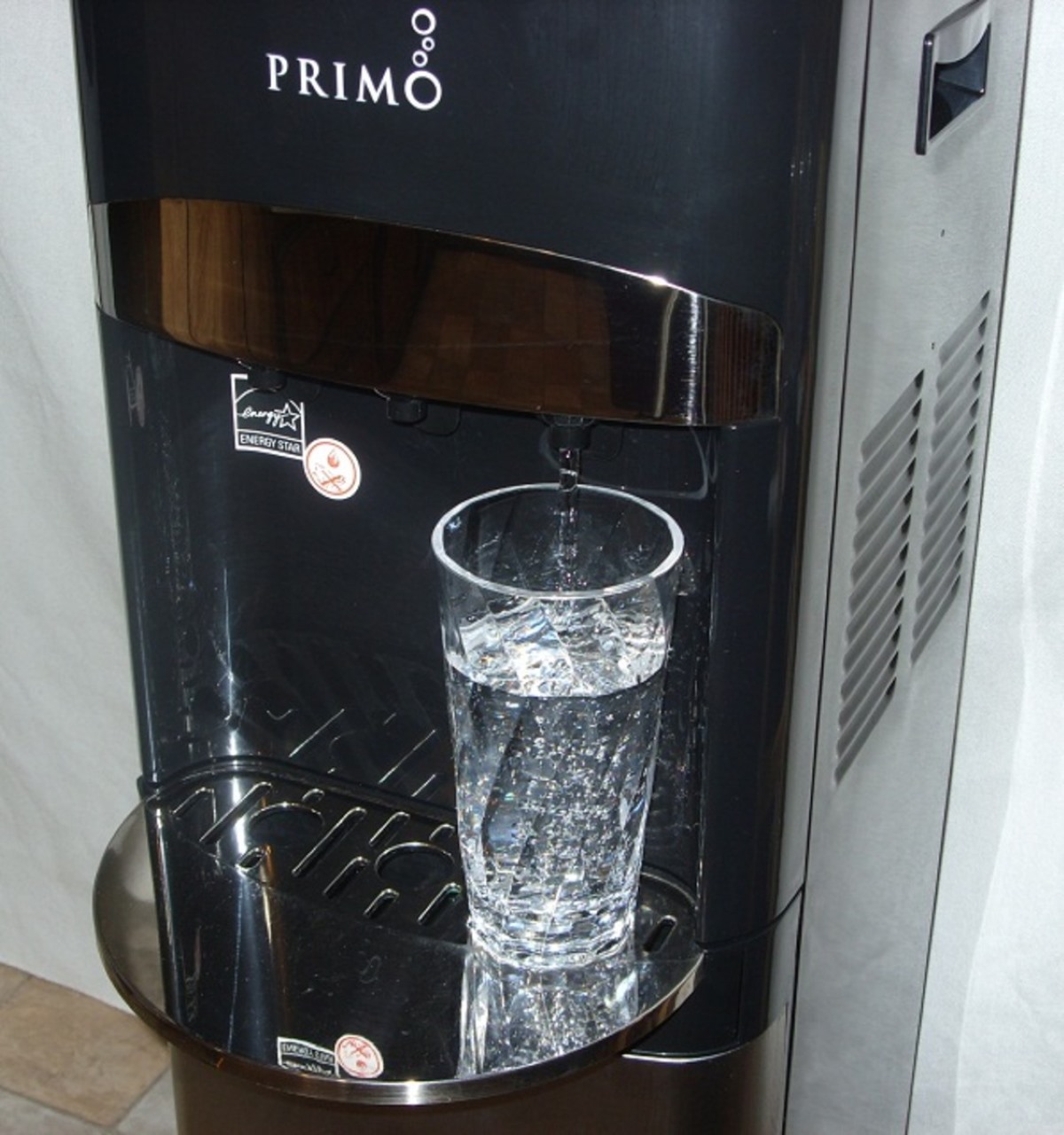



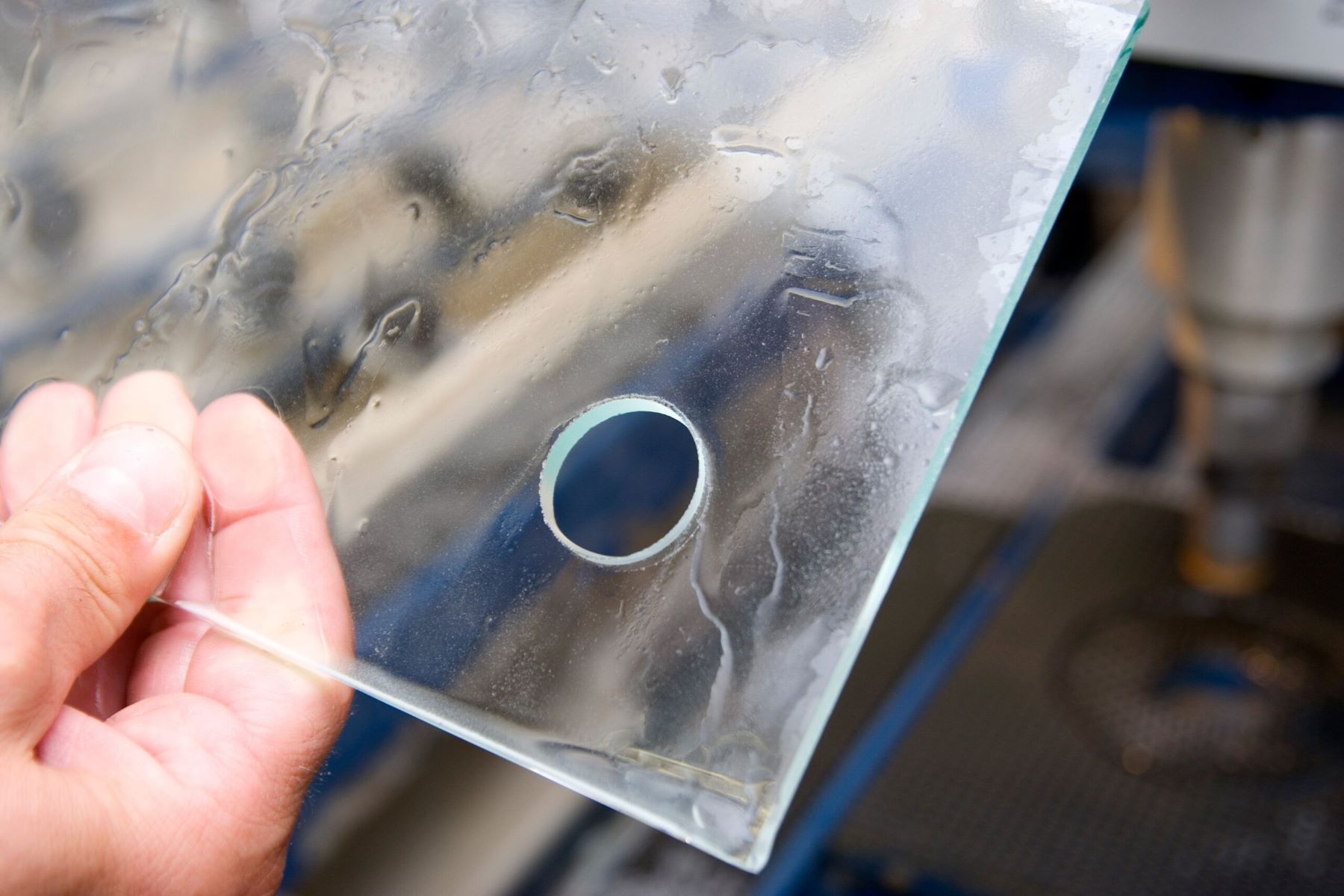
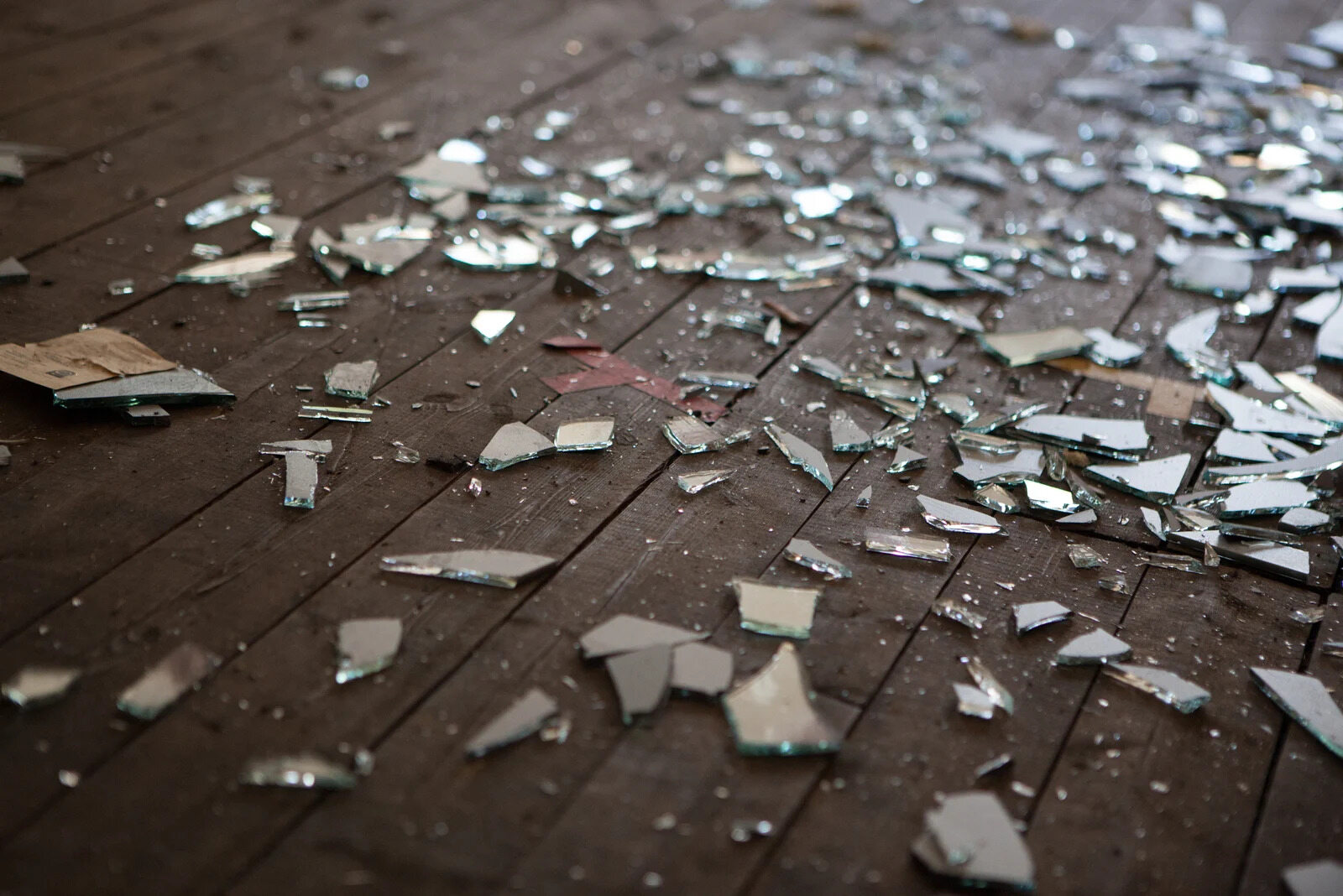
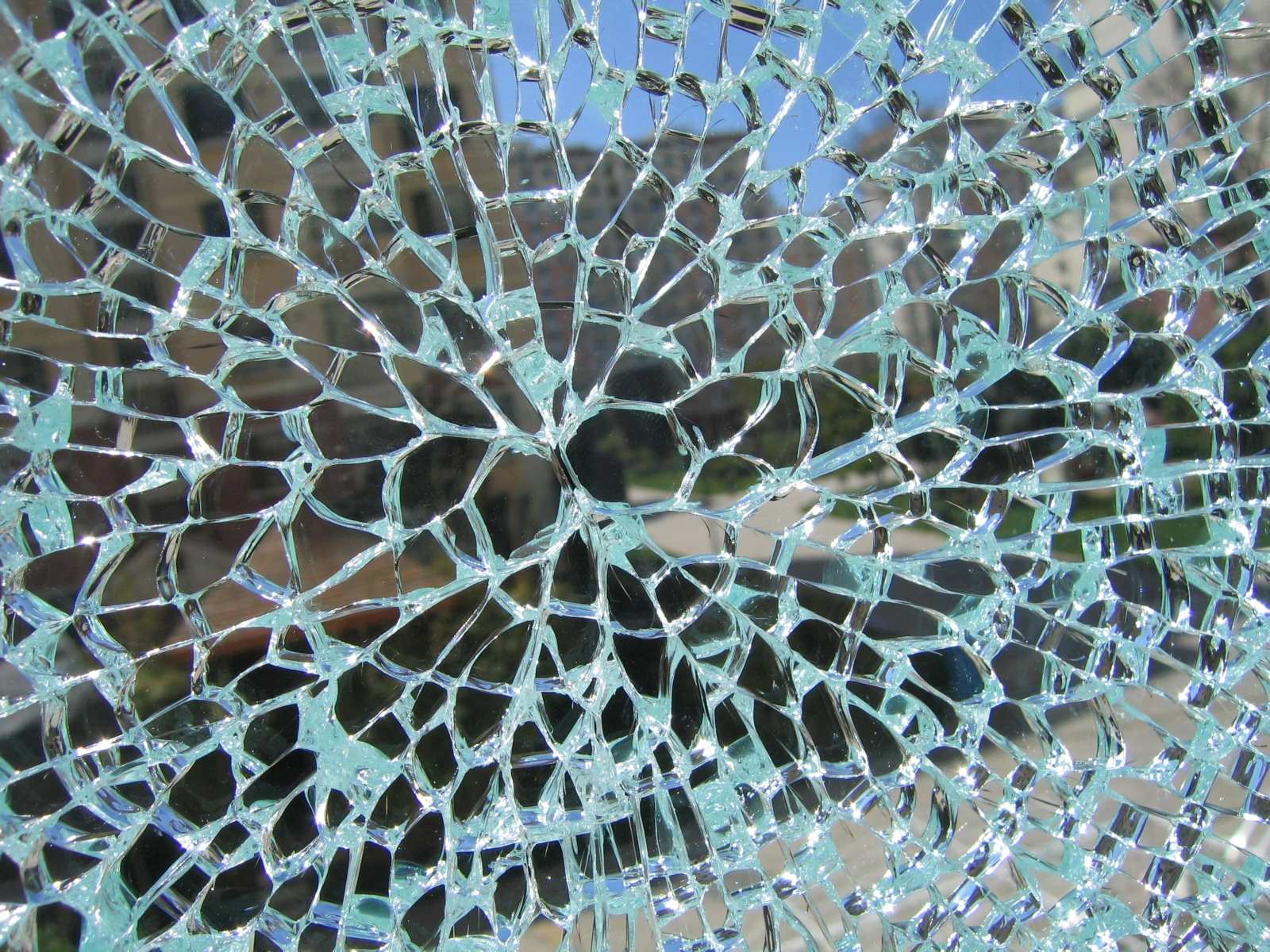


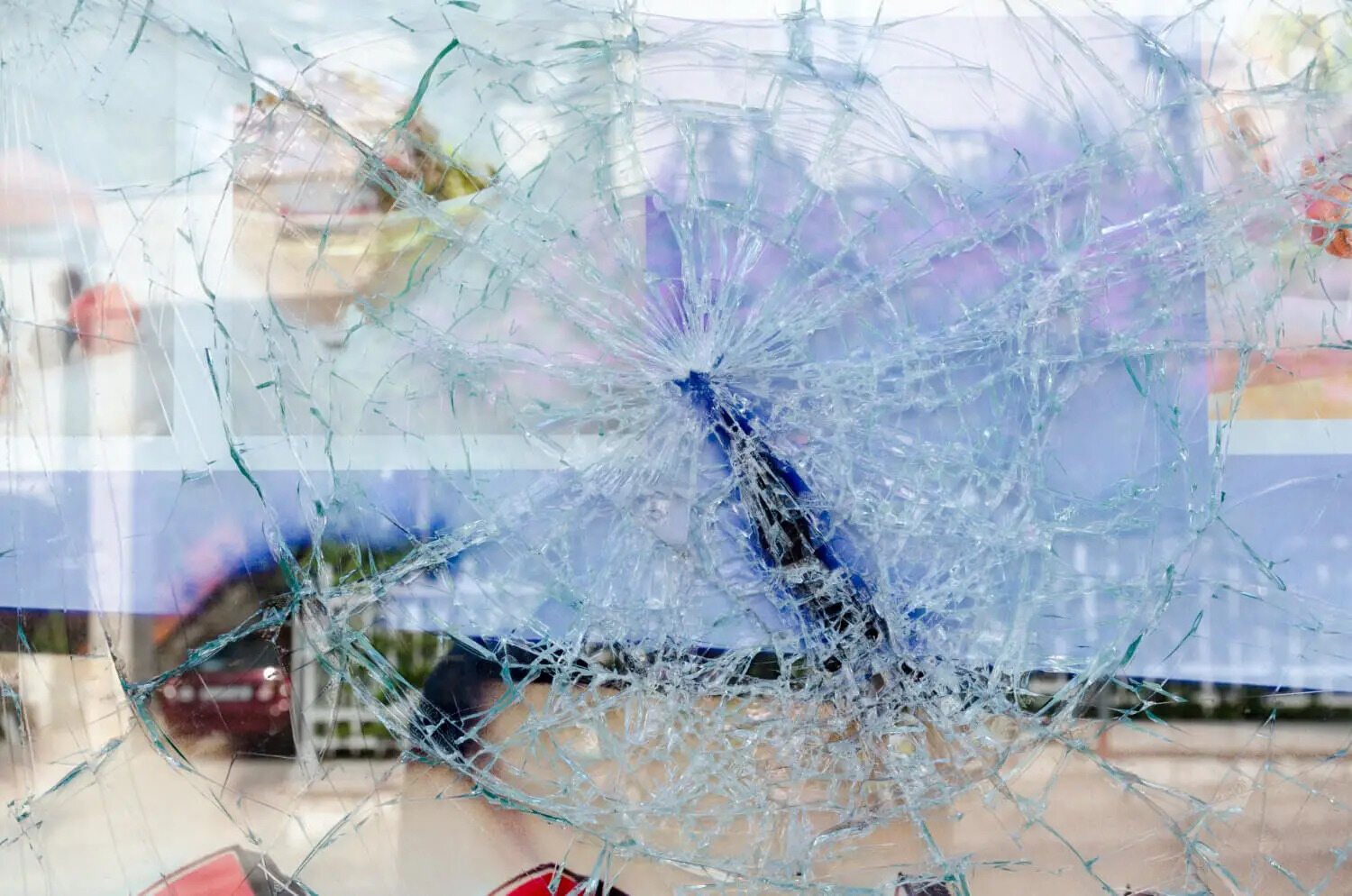
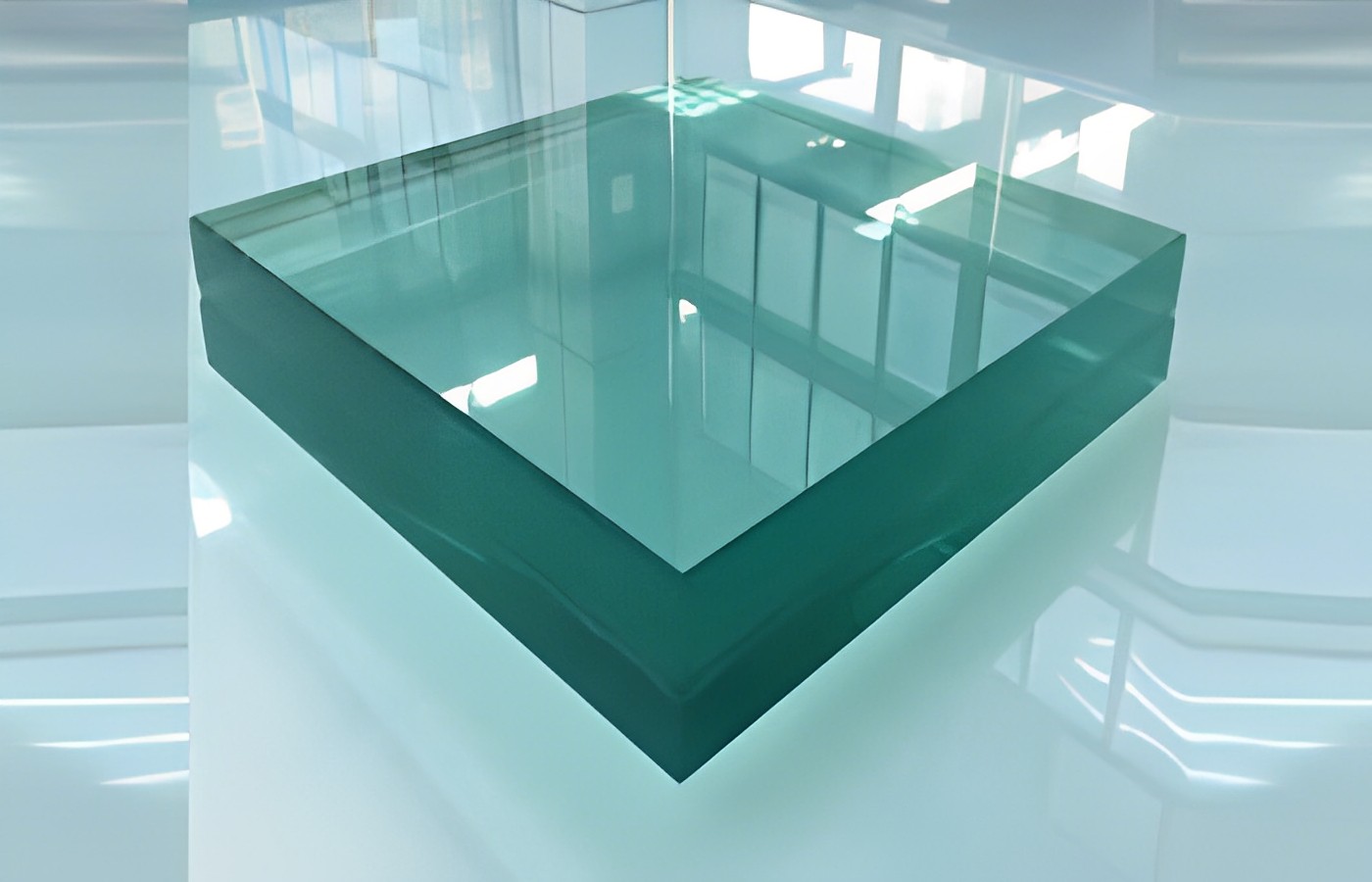
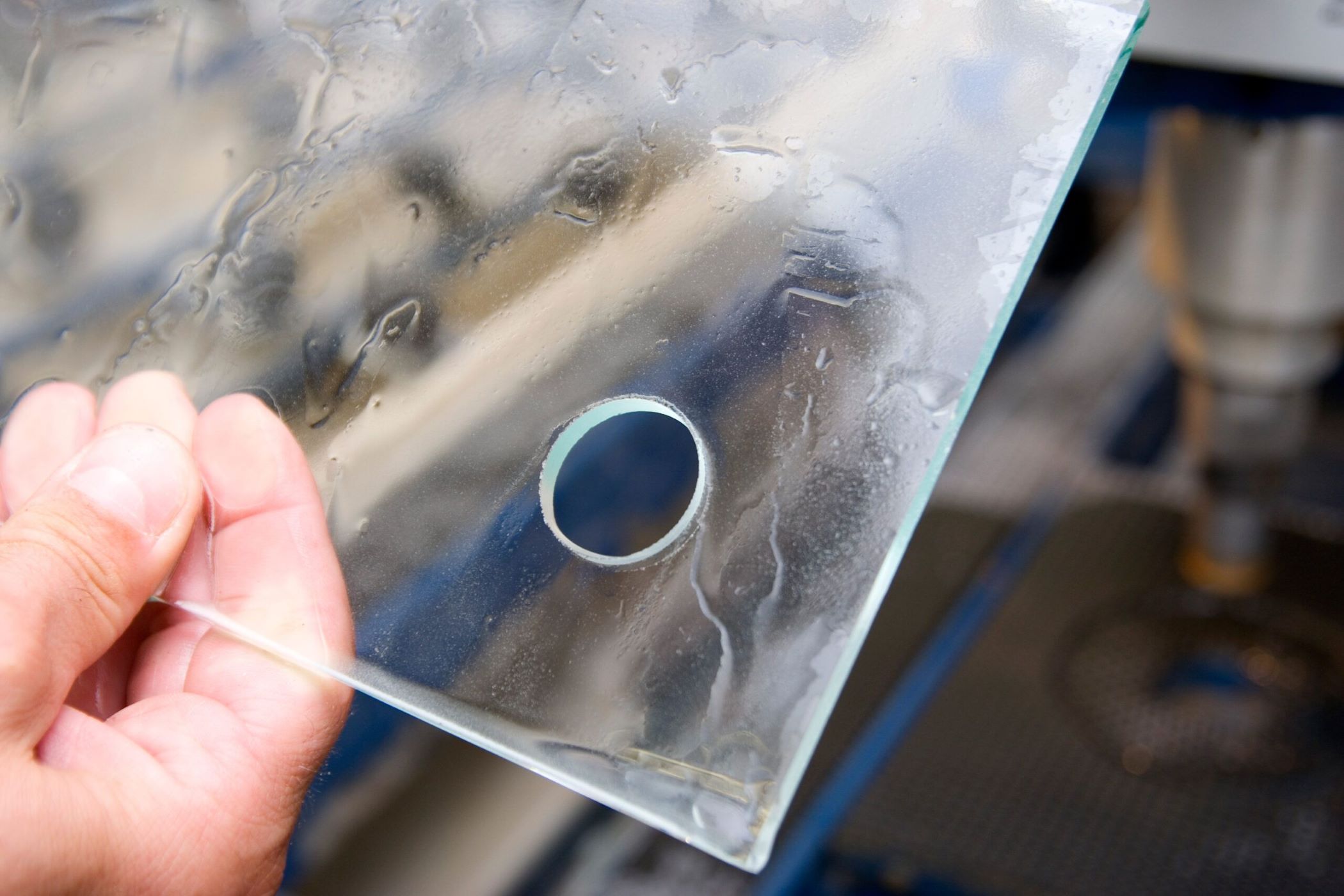
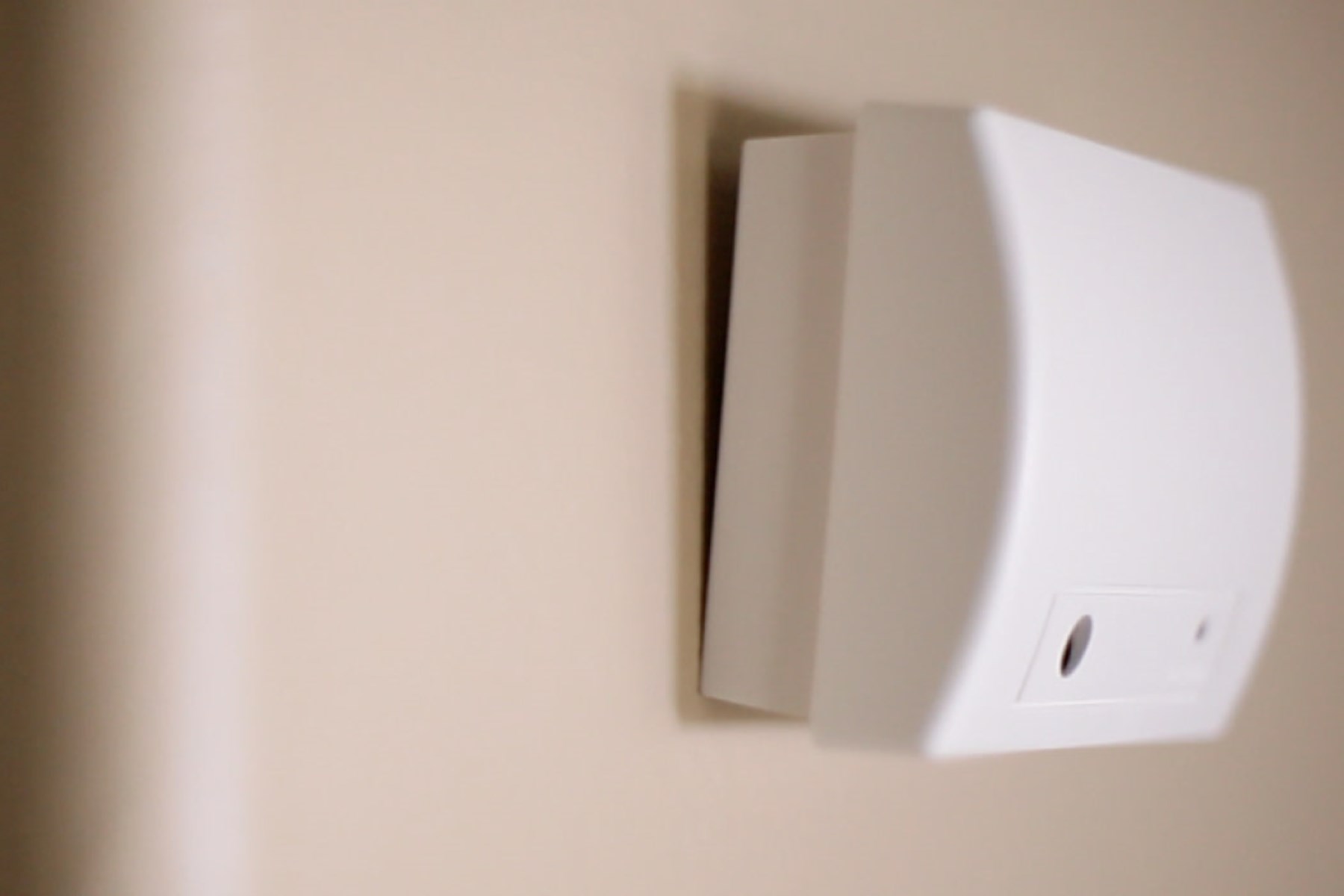
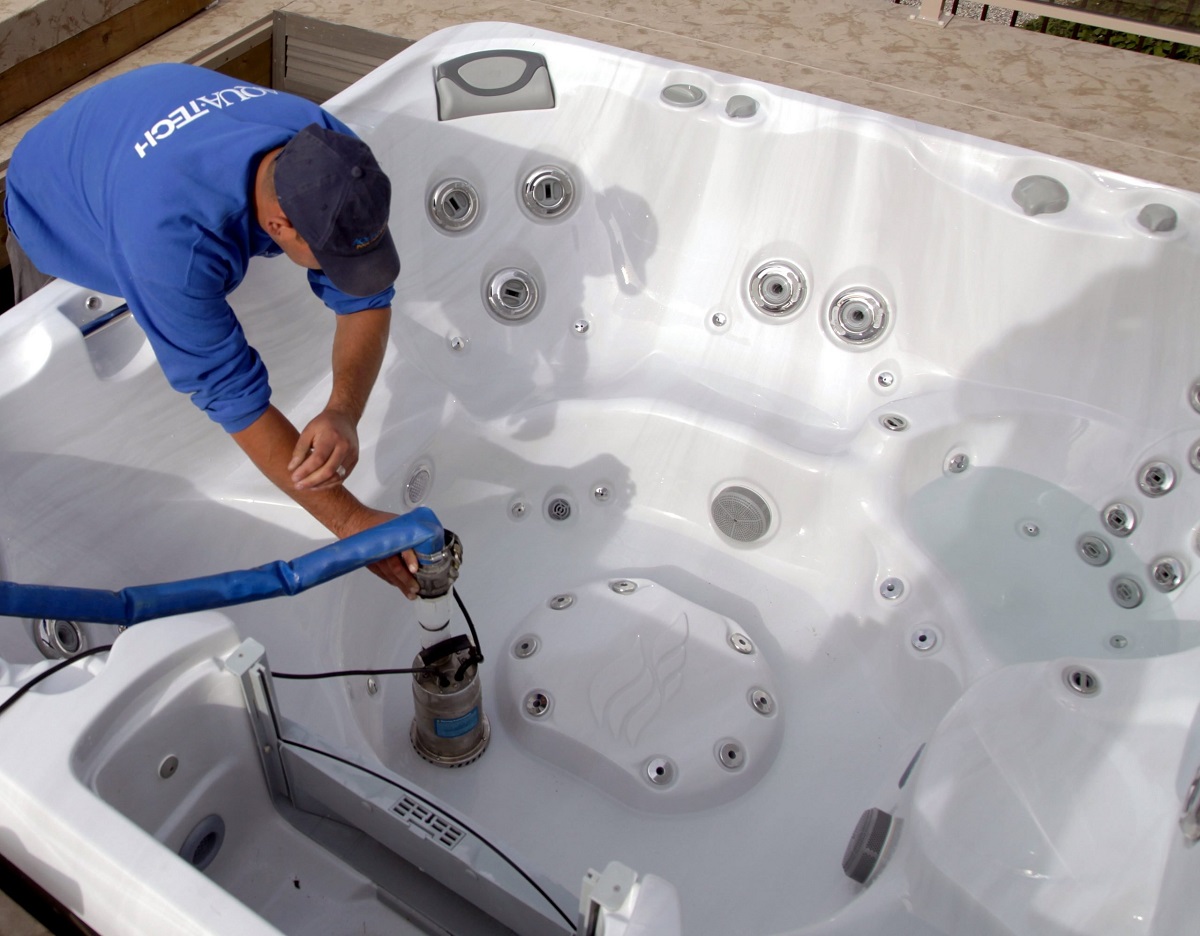

0 thoughts on “How To Prevent Glass From Breaking When Pouring Hot Water”